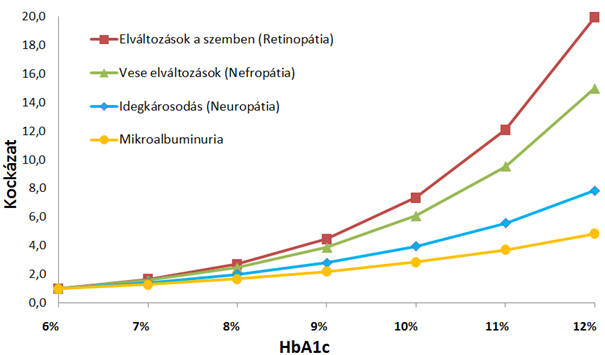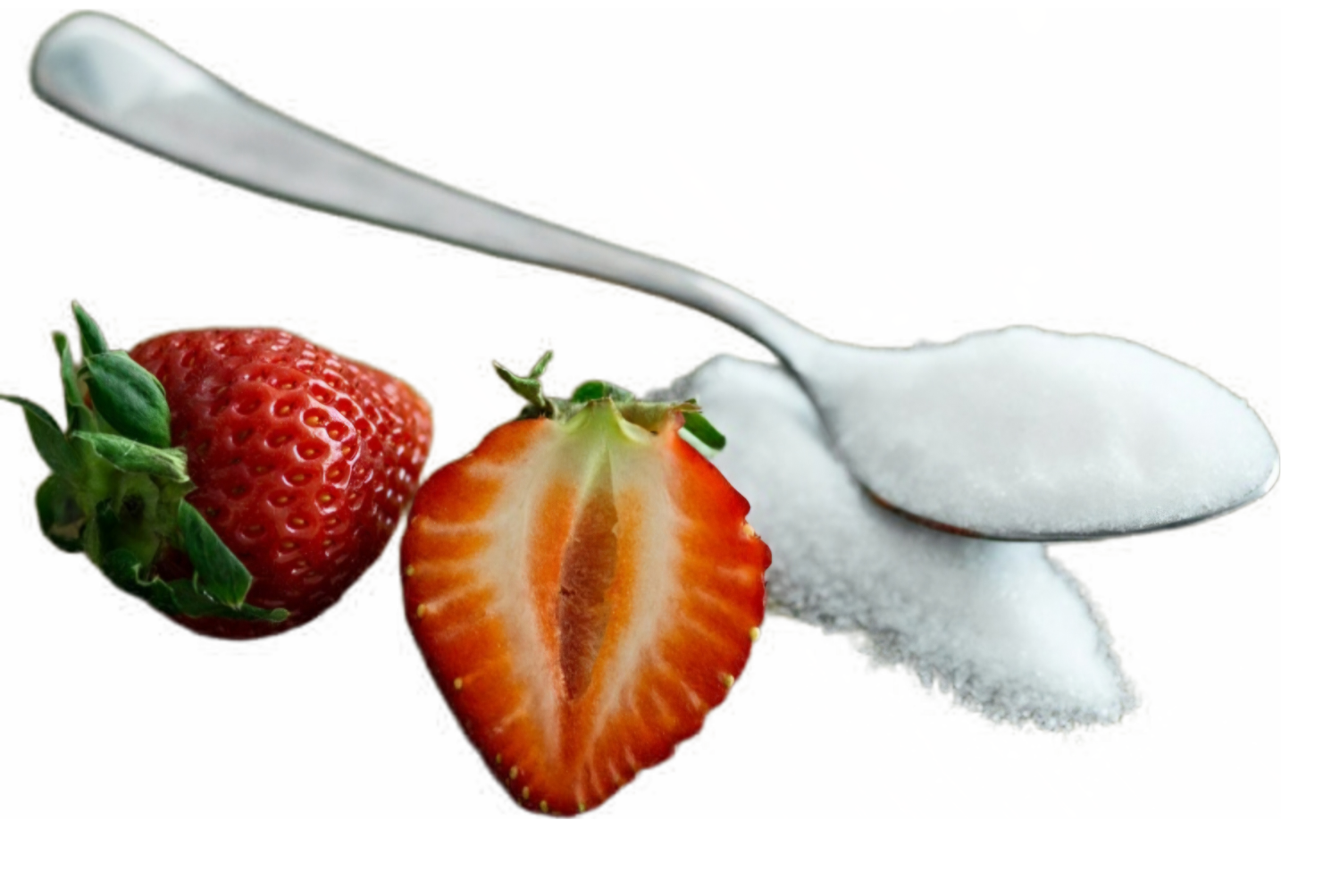
Complications of diabetes
Allulose StoreThe figure shows the long-term risk of important complications of diabetes as a function of the average HbA1C value.
Higher HbA1C values are associated with an increased risk of complications.
• Retinopathy ( eye damage ),
• nephropathy ( kidney damage ),
• neuropathy ( nerve damage ) and
• the risk of microalbuminuria ( protein in the urine ) increases significantly with increasing HbA1C value.
HbA1C test
This is a test that measures the average blood sugar level over the past 2-3 months and is used to diagnose and treat diabetes.
Retinopathy shows the steepest rise
The figure shows that the risk of retinopathy increases most rapidly with increasing HbA1C, especially at higher HbA1C levels.
In summary
The figure shows how the long-term risk of diabetes complications, such as retinopathy (eye damage), nephropathy (kidney damage), neuropathy (nerve damage), and microalbuminuria (protein in the urine), increases as average HbA1C levels rise.
Risks
The higher someone's HbA1C, the greater the risk of serious complications.
Retinopathy
Based on the figure, the risk of eye damage (retinopathy) increases most drastically with HbA1C, especially if the value is well above the normal range.
The main message
Maintaining optimal blood sugar levels (lower HbA1C) is key to preventing or slowing down the complications of diabetes.
Conversion formula
The average blood sugar level in mmol/l is calculated as follows:
Average fasting blood sugar (mmol/l) = 1.59 × HbA1c (%) − 2.59
In table
HbA1c (%) | Average blood sugar (mmol/l)
- 5.0 4.4
- 5.3 5.0
- 5.6 5.6
- 5.9 6.1
- 6.2 6.7
- 6.5 7.2
- 6.8 7.8
- 7.4 8.9
- 8.0 10.0
- 8.6 11.1
- 9.2 12.2
- 9.8 13.3
- 10.4 14.4
- 11.6 16.7

